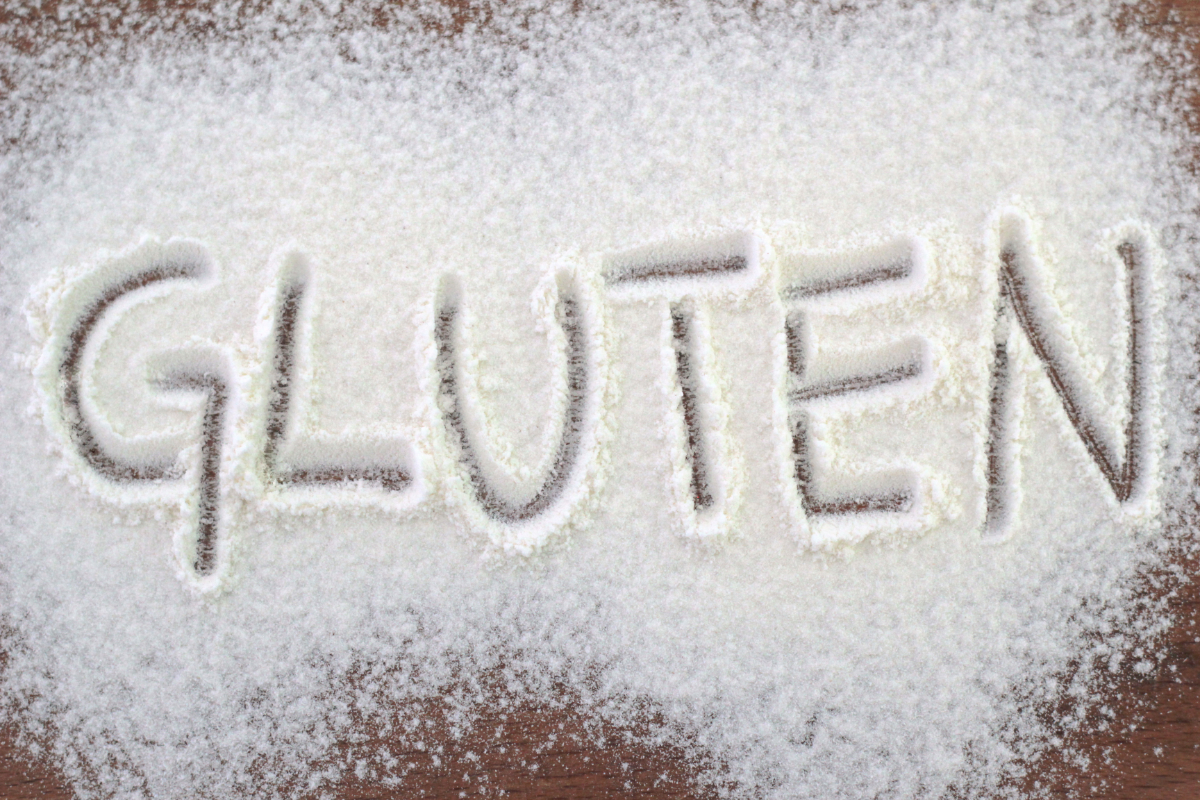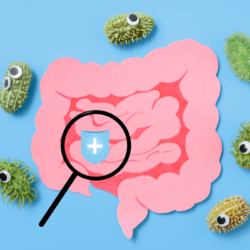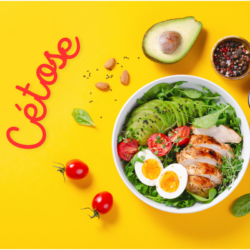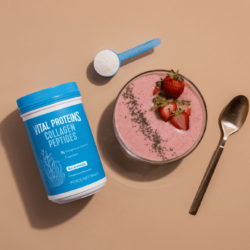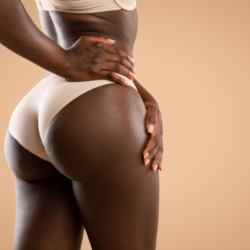Gluten is not recommended in various circumstances. In the majority of cases, people who do not consume it digest it badly. Others cannot take it because of a gluten allergy or coeliac disease. While some people decide to stop eating it by personal choice or just to follow the “gluten free” trend. Whatever your reason for going gluten-free, find out about alternatives to wheat in this article.
In which foods is gluten found?
Usually, when we hear the word “gluten”, we associate it directly with wheat. However, you should know that it can be found in other cereals. Rye, oats, barley and spelt all contain gluten. In addition, as these cereals are widely used in the food industry, many processed foods also contain gluten. The most obvious examples are wheat pasta, rusks, ravioli, unleavened bread, commercial pastries and cakes, biscuits, etc.
How can I avoid gluten?
As explained above, gluten can be found in various industrial and processed food products that we consume on a daily basis. Nevertheless, it is more or less easy to detect them by looking at their labels. Gluten-free products are usually identified by the AFDIAG logo (Association Française Des Intolérants Au Gluten). This is a crossed-out ear of wheat clearly displayed on the container. In addition, the wording “gluten-free” is obviously the first thing to look for if you don’t see the logo. Then, if there are no other signs, you should check the list of ingredients. Indeed, it is compulsory for manufacturers to indicate on their labels the presence of cereals naturally containing gluten (barley, rye, oats, spelt, kamut, etc.)
What can I replace wheat, rye, oats, barley, etc. with?
Are you allergic, hypersensitive or do you no longer want to eat gluten? There are many substitutes for wheat, barley and other cereals that contain gluten. Below is a short list of the best gluten-free foods.
Rice
Rice is a staple food in many cultures, mostly Asian and African. It is a grain that does not contain gluten. It is an excellent accompaniment for your small dishes and can easily replace pasta. You can also cook exotic dishes with this food, such as Cantonese rice, rice sautéed with seafood, etc
Buckwheat
Buckwheat is a very good alternative to wheat. It can be eaten in various forms. You can use buckwheat flour to make pancakes, bread, pancakes, etc. You can also eat it in flakes, in salads when it is sprouted, and even in spaghetti. There are many recipes on the web, so let your imagination run wild!
Lupin seeds
Lupin seeds are low in fat and rich in protein (higher than that of soya). They help to reduce cholesterol in our bodies, and their fibre facilitates digestion. They can also be eaten in various forms. The most popular is lupin flour, but they can also be eaten roasted or cooked.
Soya
Soybeans are gluten-free and rich in protein. This food is easy to find on the market. It comes in various forms to facilitate its consumption: oil, tofu, yoghurt, soy sprouts, drinks, miso, etc
This list is not exhaustive, but they are the best alternatives to wheat. However, there are other gluten-free cereals that are just as interesting to eat: sorghum, millet, quinoa, maize, fonio and amaranth.
Sources: https://www.celiac.ca/wp-content/uploads/2019/02/10-F-White-paper-gluten-detection_2018-04-27_fra.pdf
https://alimentation-sante.org/wp-content/uploads/2016/11/2016__EtatDesLieux-GlutenWeb_Pages-1.pdf

